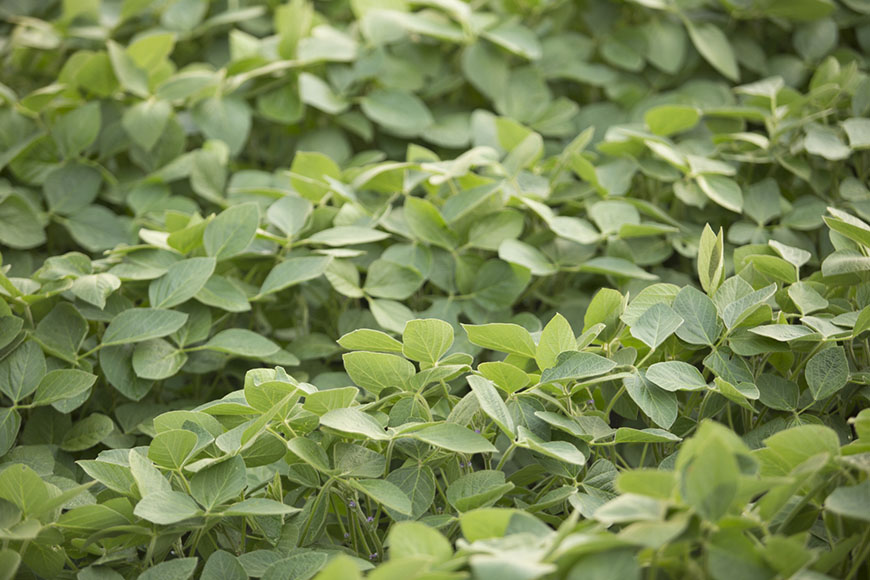Control Weeds Before They’re a Threat

With planting season just around the corner, now is the time to evaluate your crop protection program for the coming year. I always recommend proactive management to keep yield-robbing weeds from competing with crops for moisture and plant nutrients. As you prepare for planting, keep the following tips in mind for controlling weeds before they become a threat.
Last year in the Midwest, especially Minnesota, I consistently saw three main weed threats: waterhemp, ragweed and lambsquarters. Since farmers typically battle combinations of troublesome weeds, it’s most effective to target the dominant weed threat. No matter which of these weeds you’re fighting, spraying a preemergence herbicide is key to control.
For additional weed resistance tips and suggestions, contact your WinField representative.
Last year in the Midwest, especially Minnesota, I consistently saw three main weed threats: waterhemp, ragweed and lambsquarters. Since farmers typically battle combinations of troublesome weeds, it’s most effective to target the dominant weed threat. No matter which of these weeds you’re fighting, spraying a preemergence herbicide is key to control.
- Waterhemp – If you had a waterhemp issue last year, as many farmers did in western Minnesota, consider layering your residual for preemergence applications. First, apply a preplant herbicide, which can help suppress weeds for about 18 to 35 days, if there is activation rainfall. Because waterhemp emerges throughout the course of the season, past the window of the residual herbicide application, you can easily miss the opportunity to eliminate this weed. So during post spray, select additional modes of action beyond glyphosate that have activity on waterhemp and also provide in-season soil residual.
- Ragweed – Ragweed often emerges from the corn canopy late season and can spread easily. Even if farmers apply an herbicide, the spray may not penetrate the crop or weed canopy to reach the leaves of smaller weeds sheltered by multiple layers of the canopy. To combat this challenge, start with an effective preemergence herbicide application that covers the weed’s spectrum. Adding a tank-mix partner during postemergence spraying of corn that has residual will reduce the spread in future years. The best place to fight ragweed is in your corn crop, since corn herbicides are more effective and less expensive than those used in soybeans.
- Lambsquarters – Lambsquarters was another predominant weed type that challenged farmers in central Minnesota. Similar to waterhemp, lambsquarters is very responsive to nonionic surfactant when used with your postemergence herbicide. Be sure to look for effective tank-mix partners as glyphosate resistance spreads.
For additional weed resistance tips and suggestions, contact your WinField representative.


